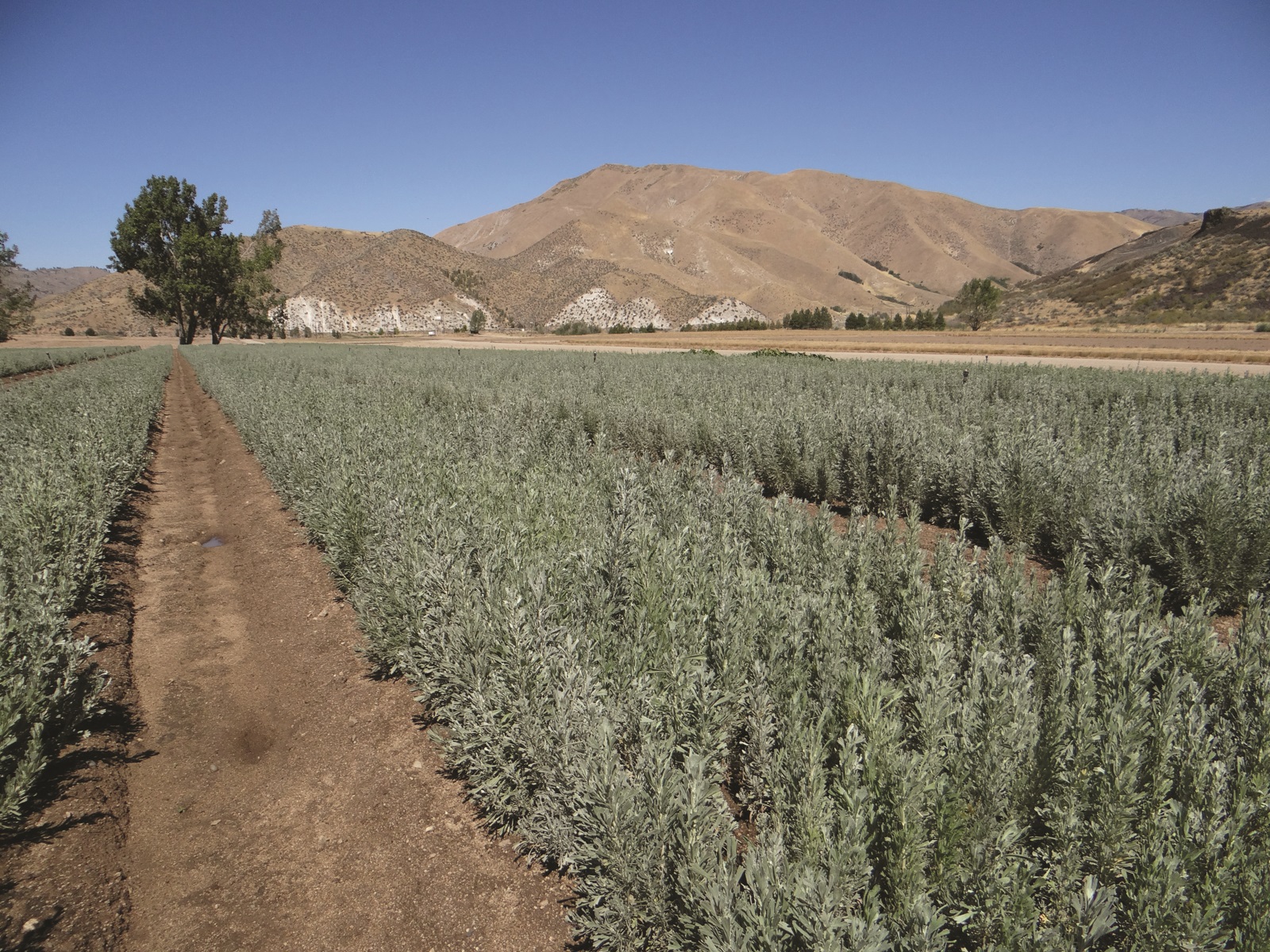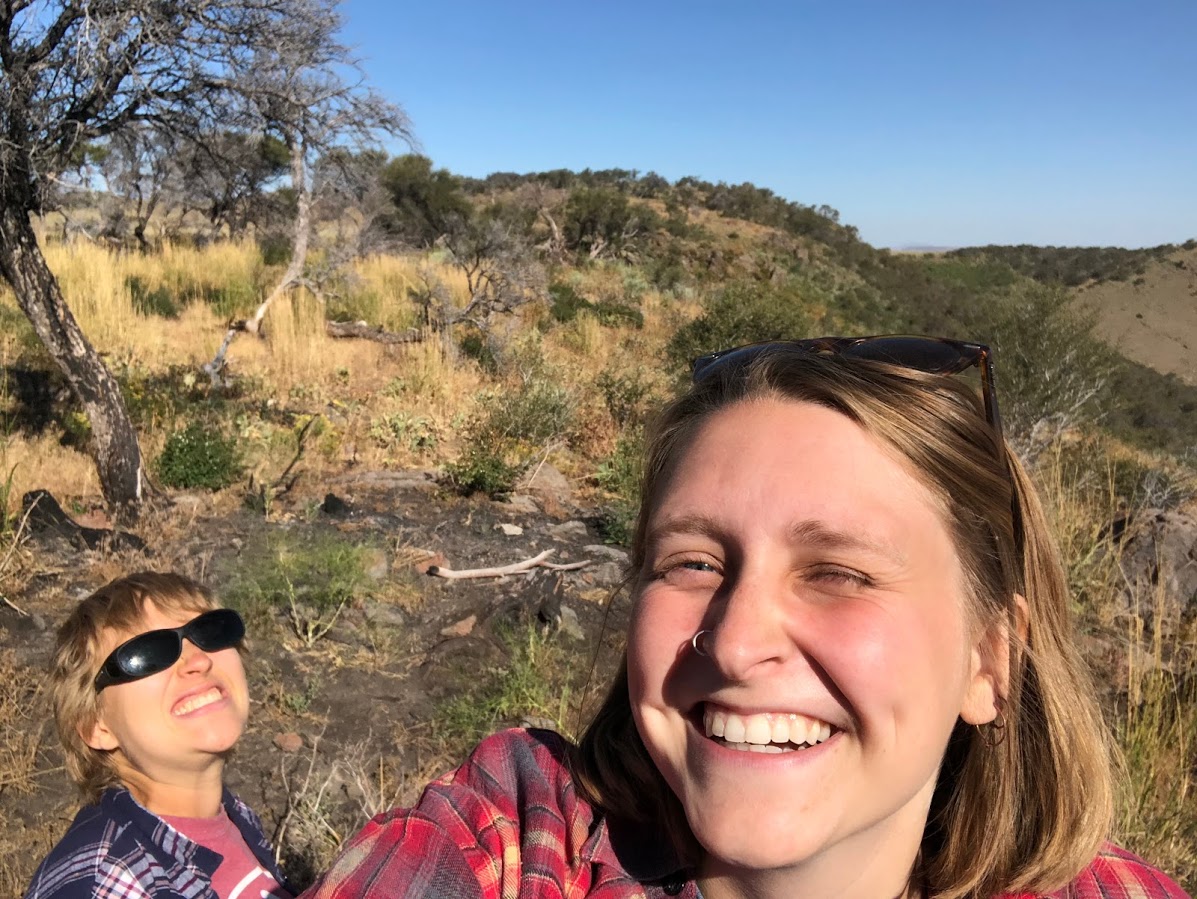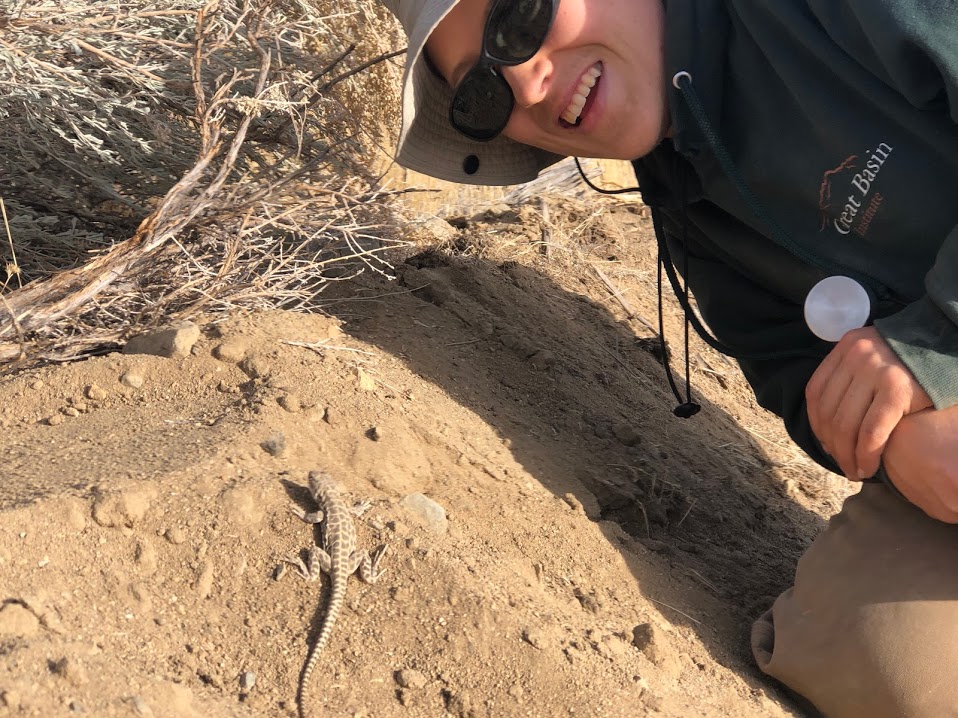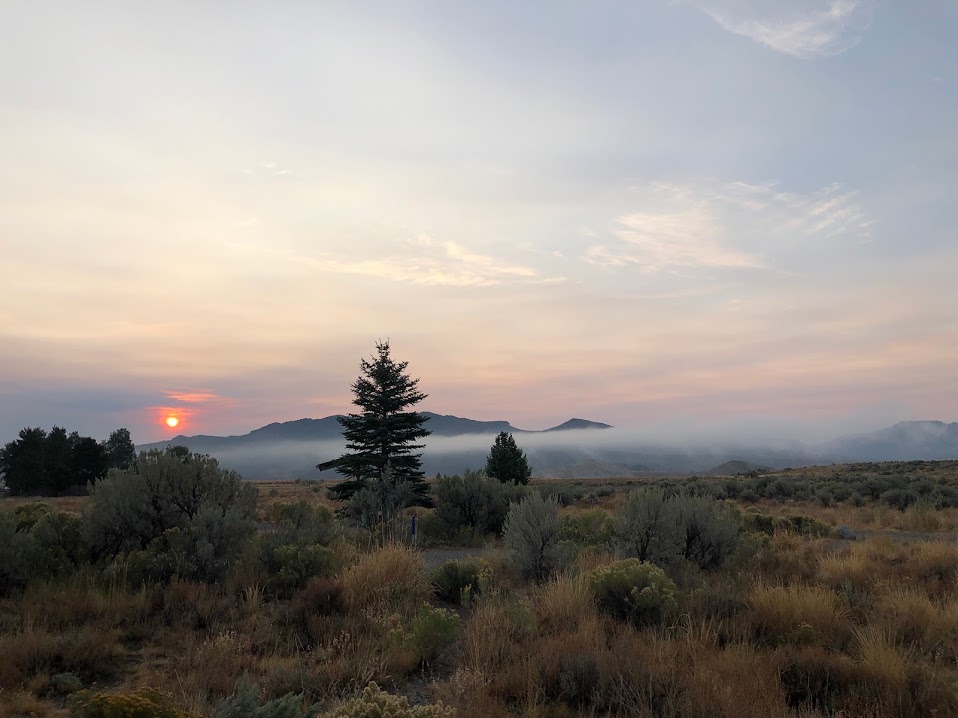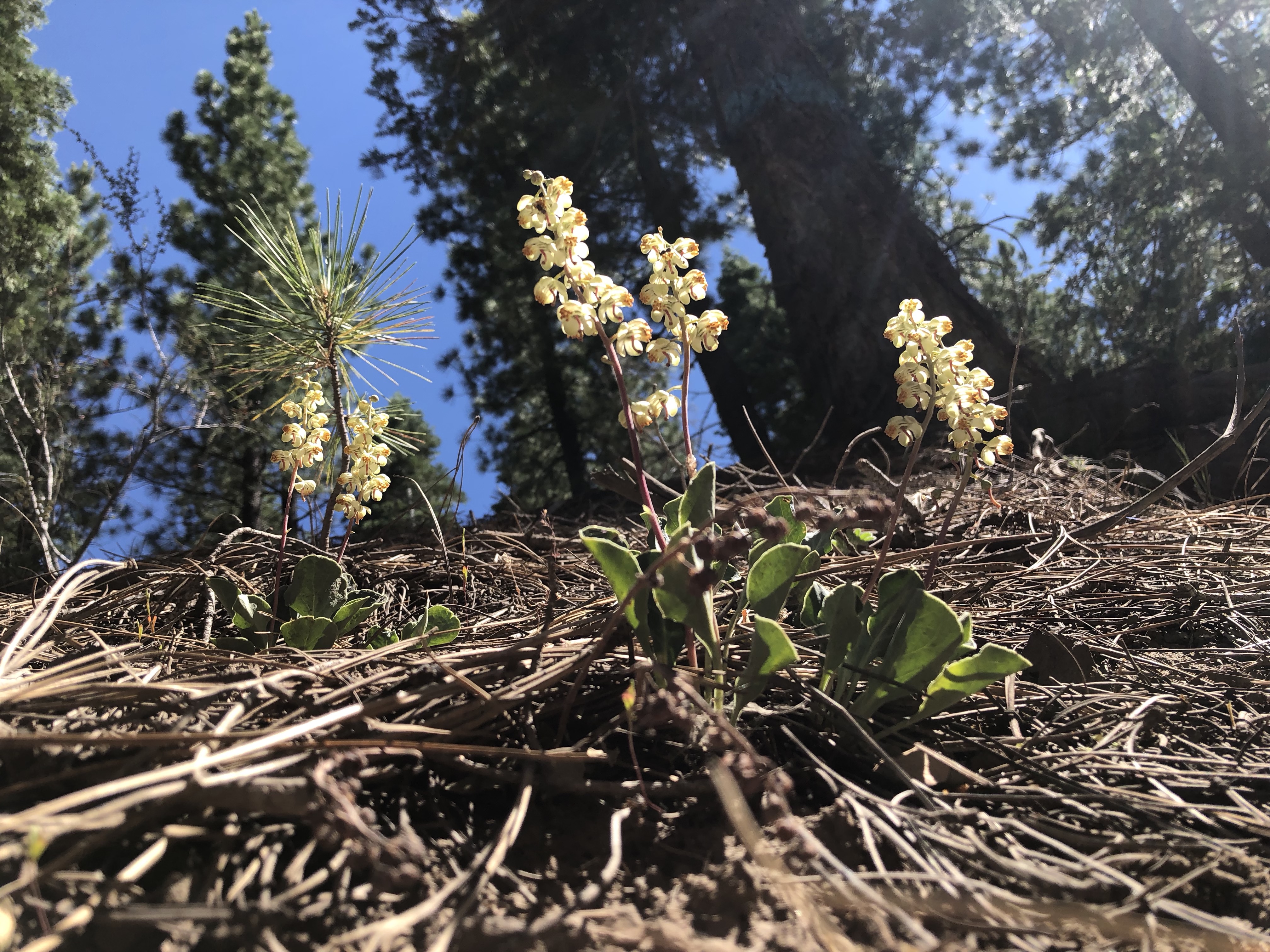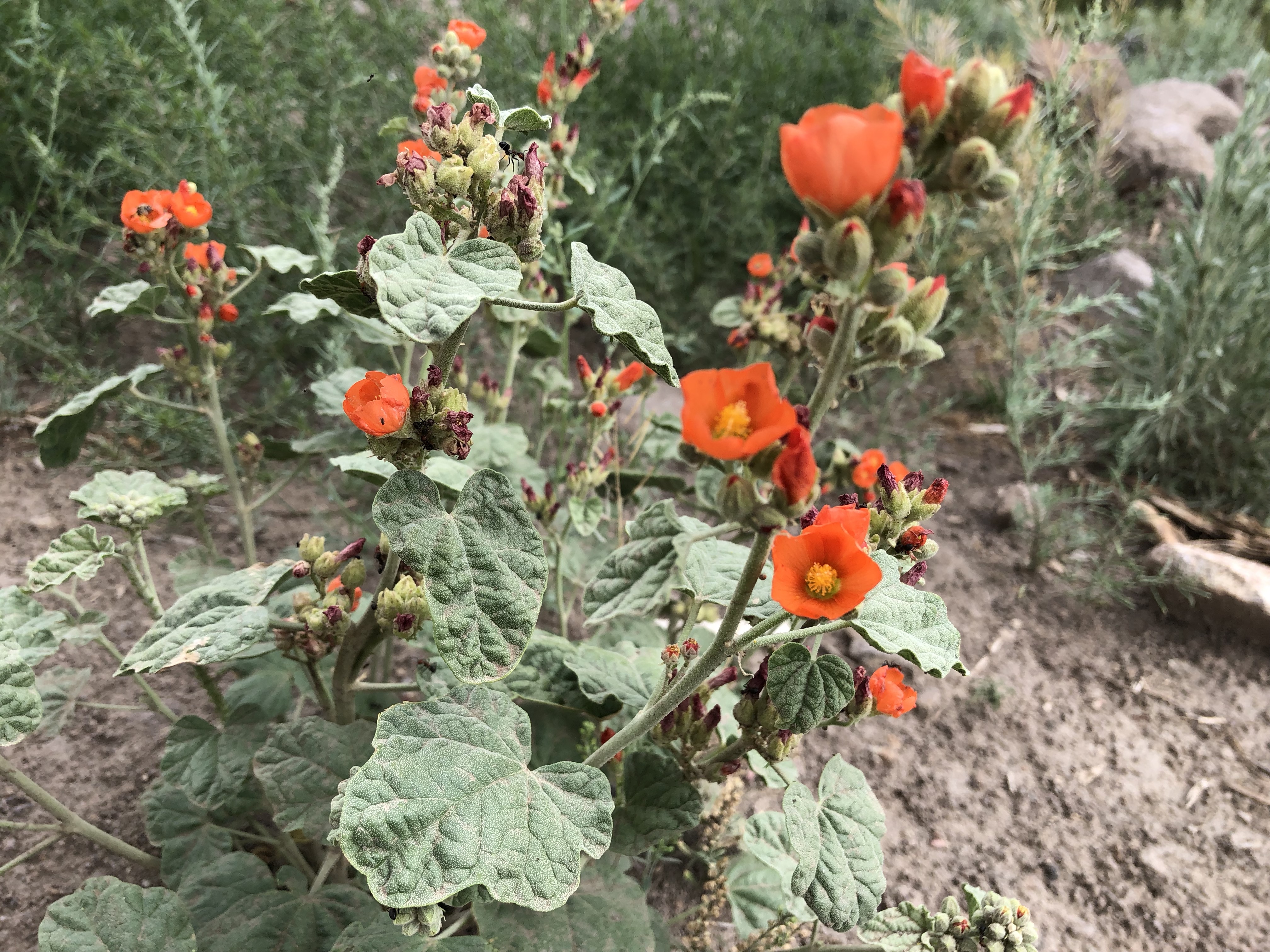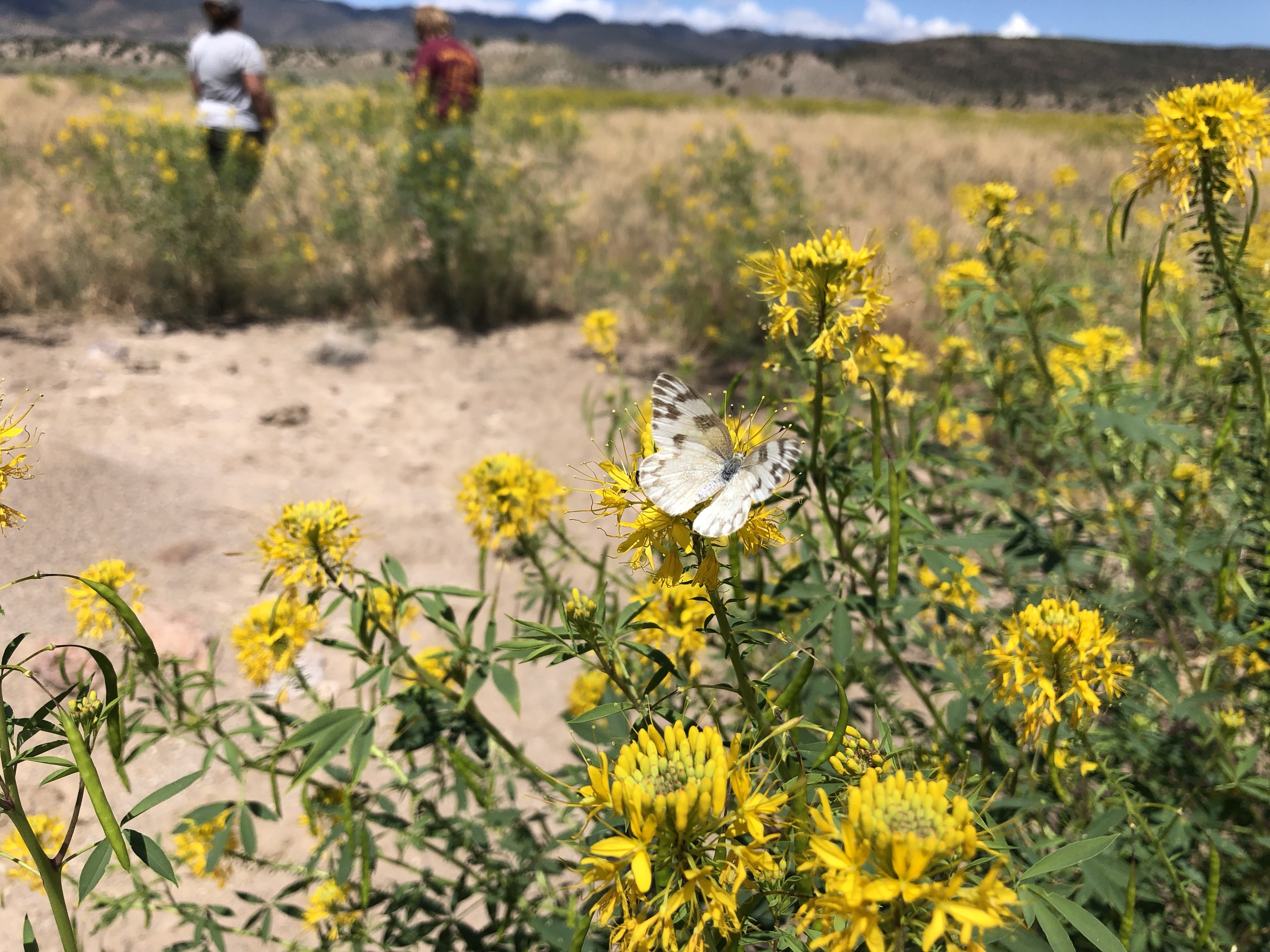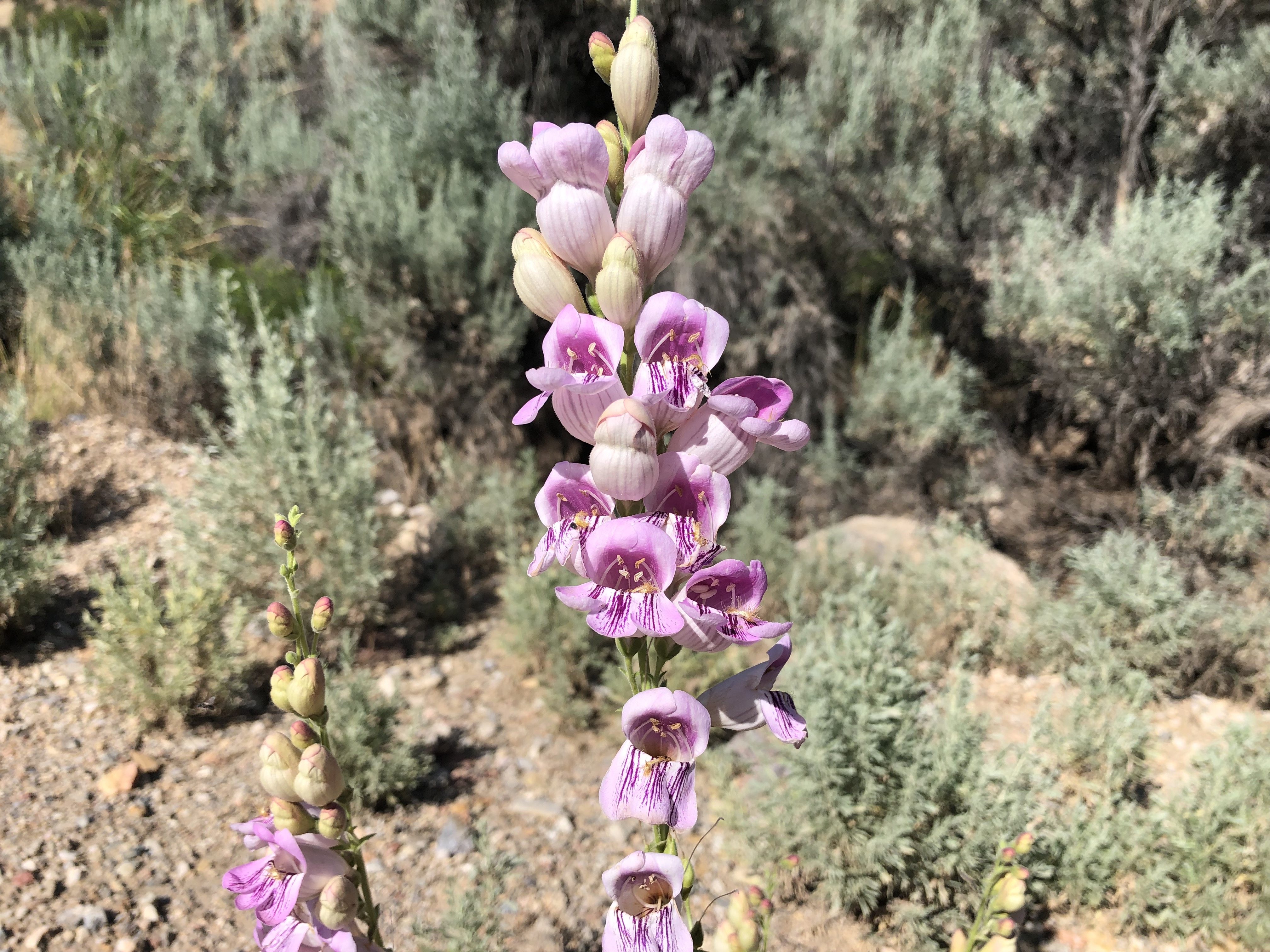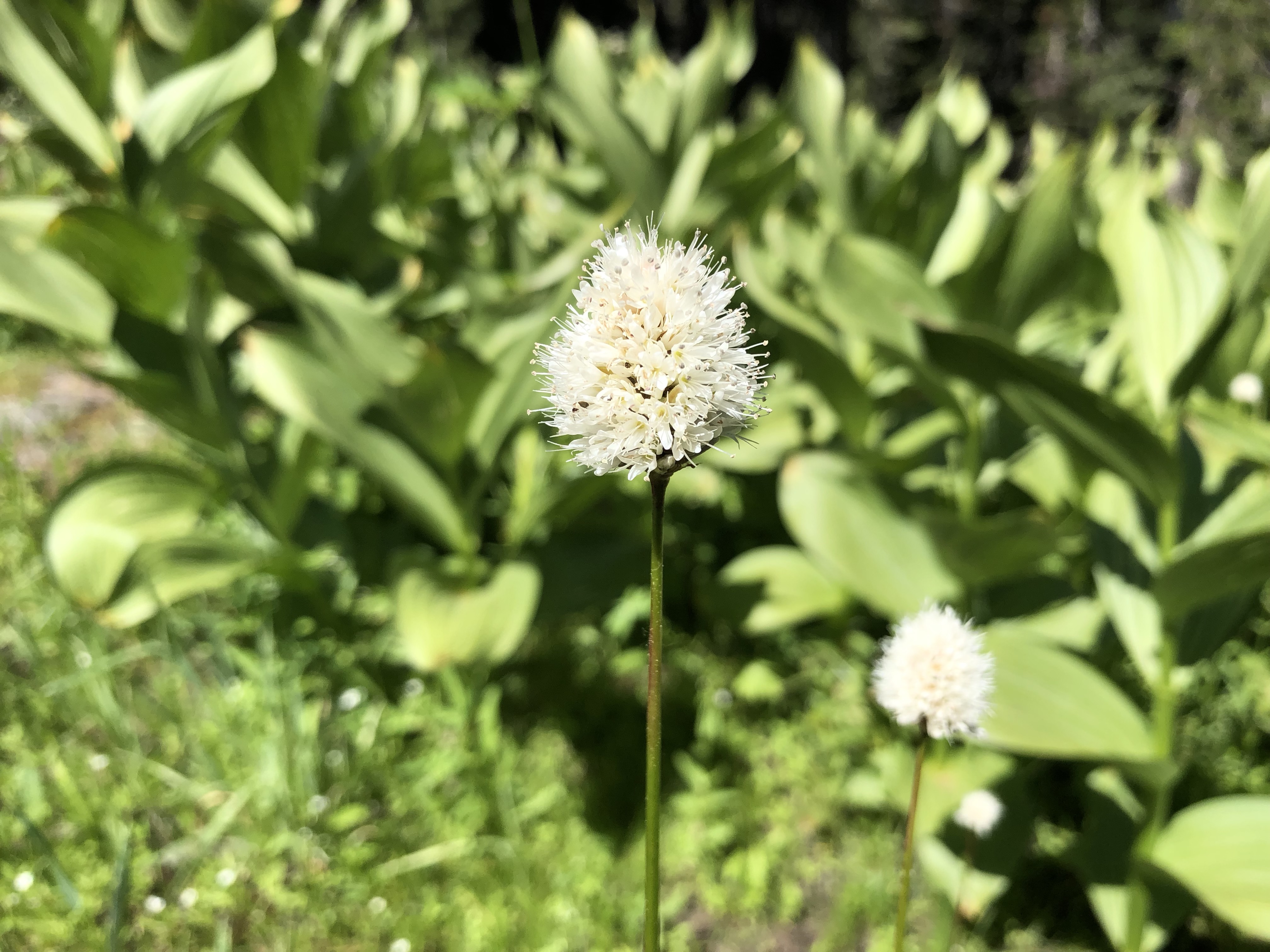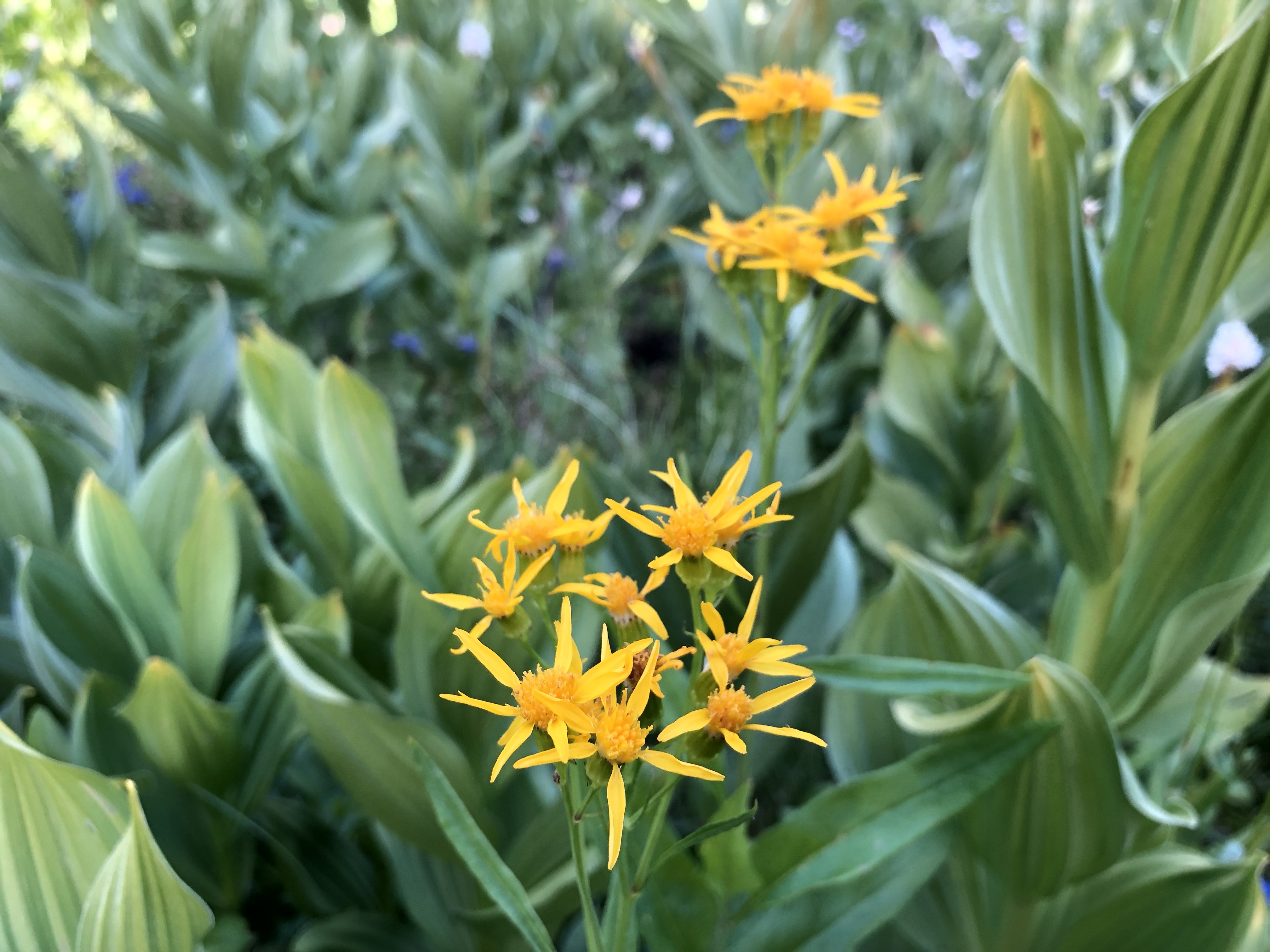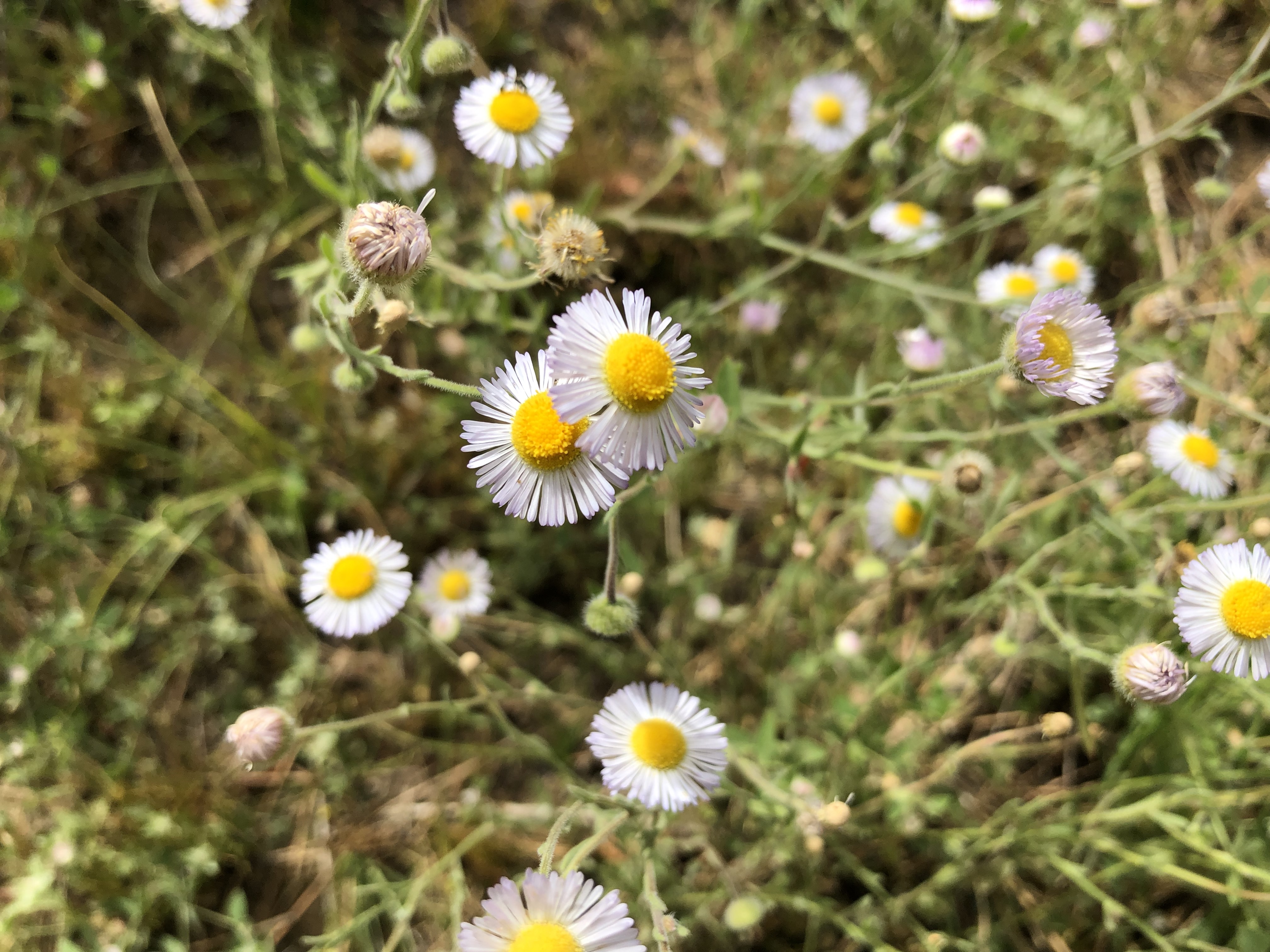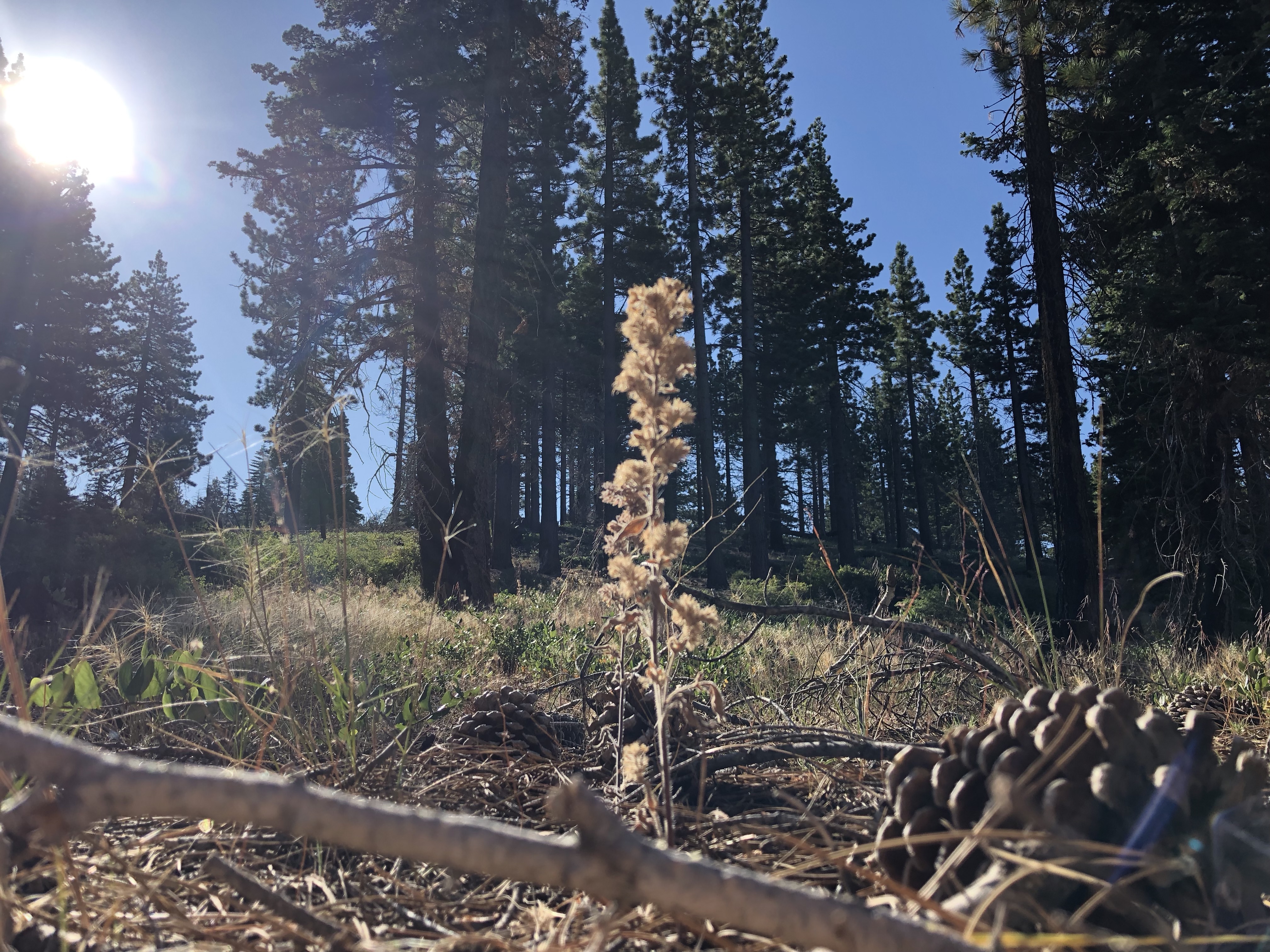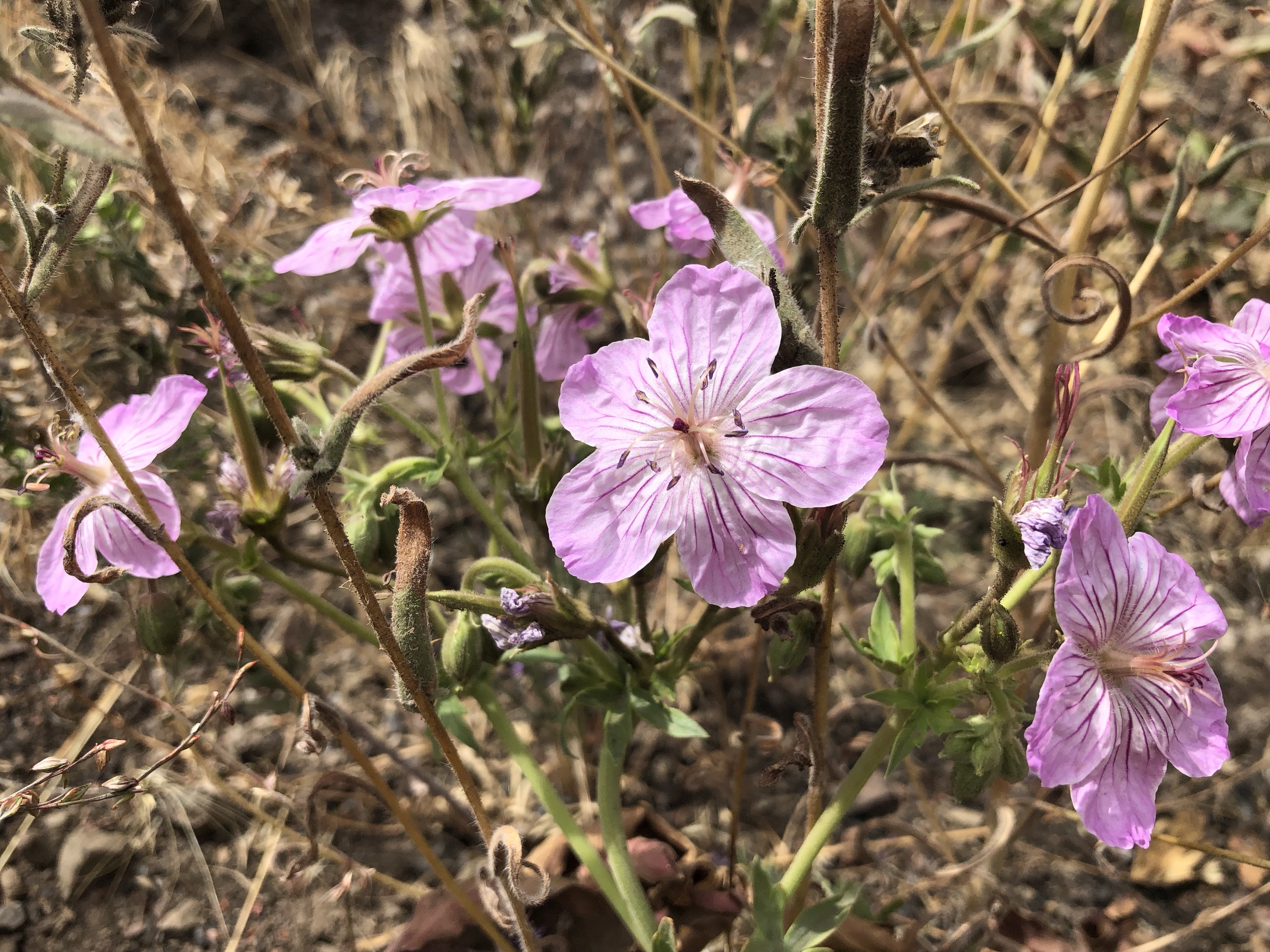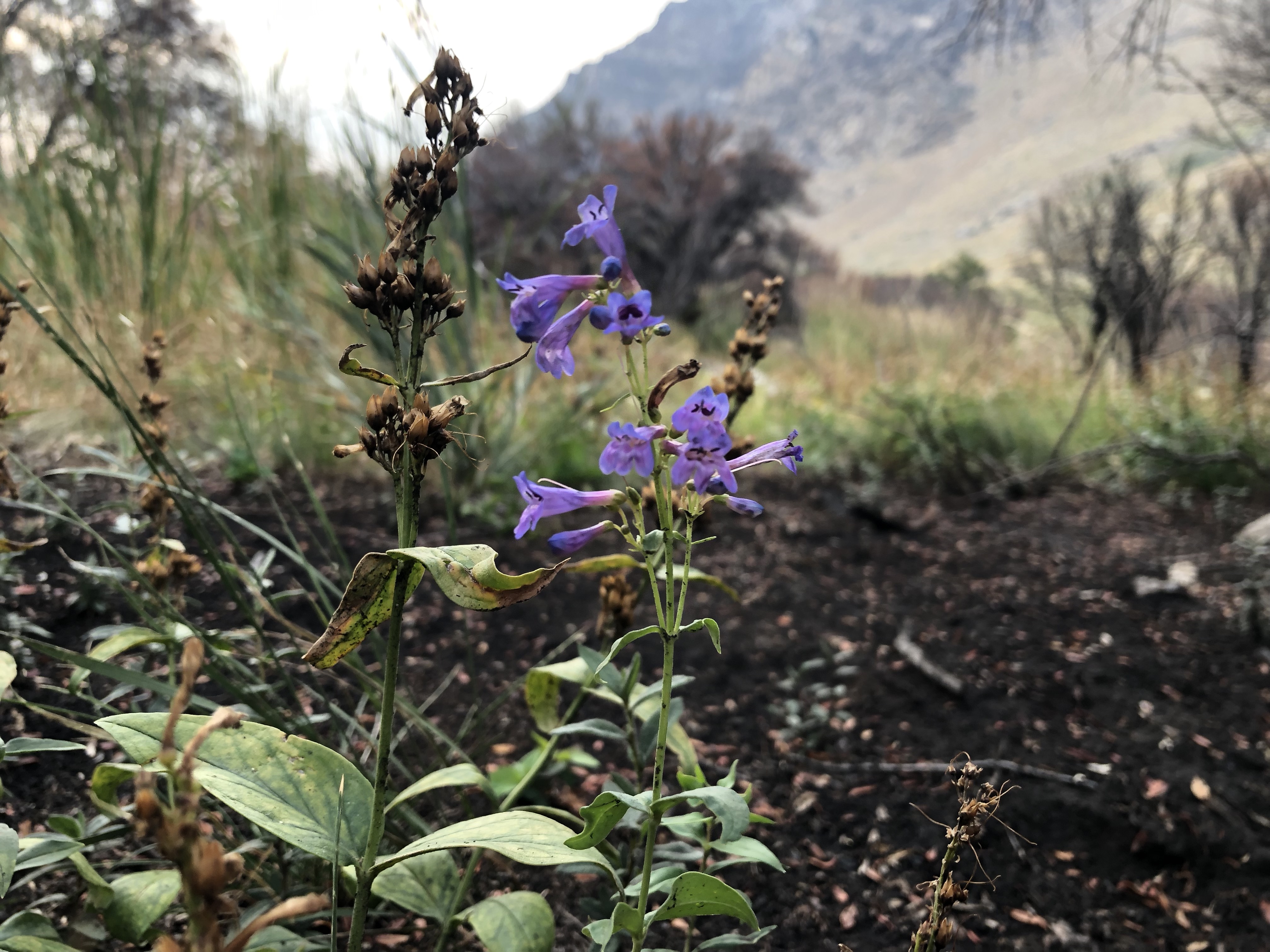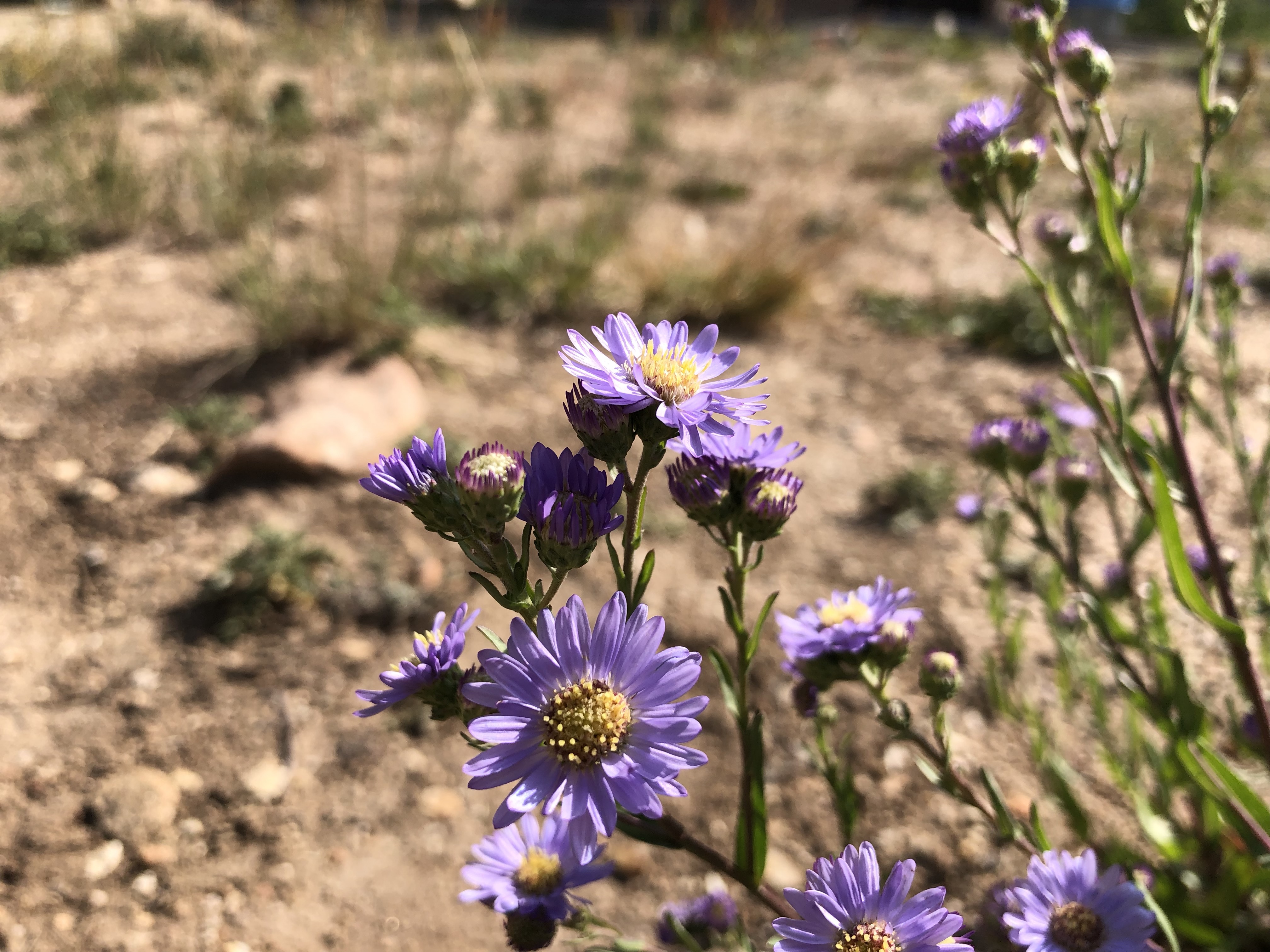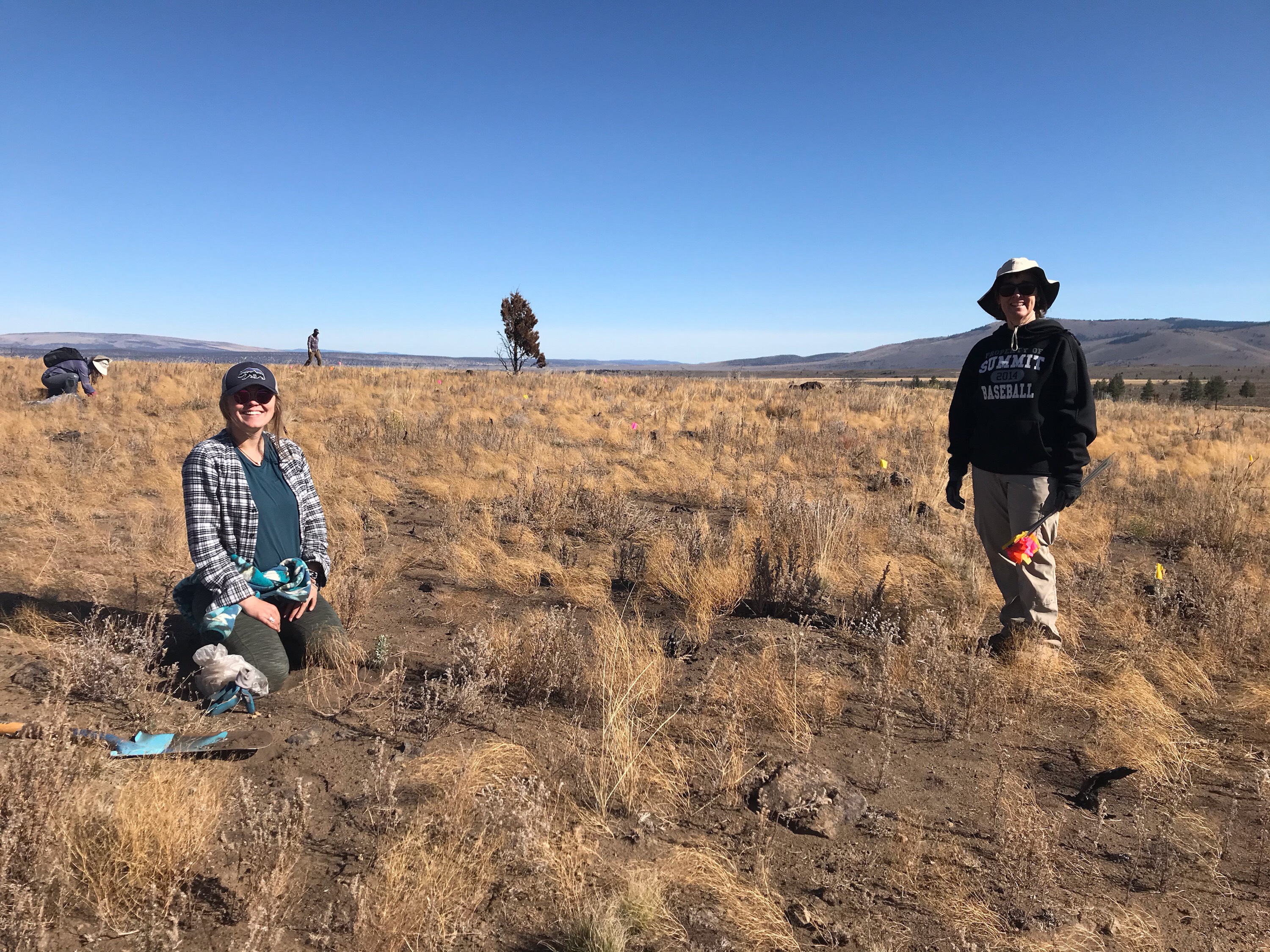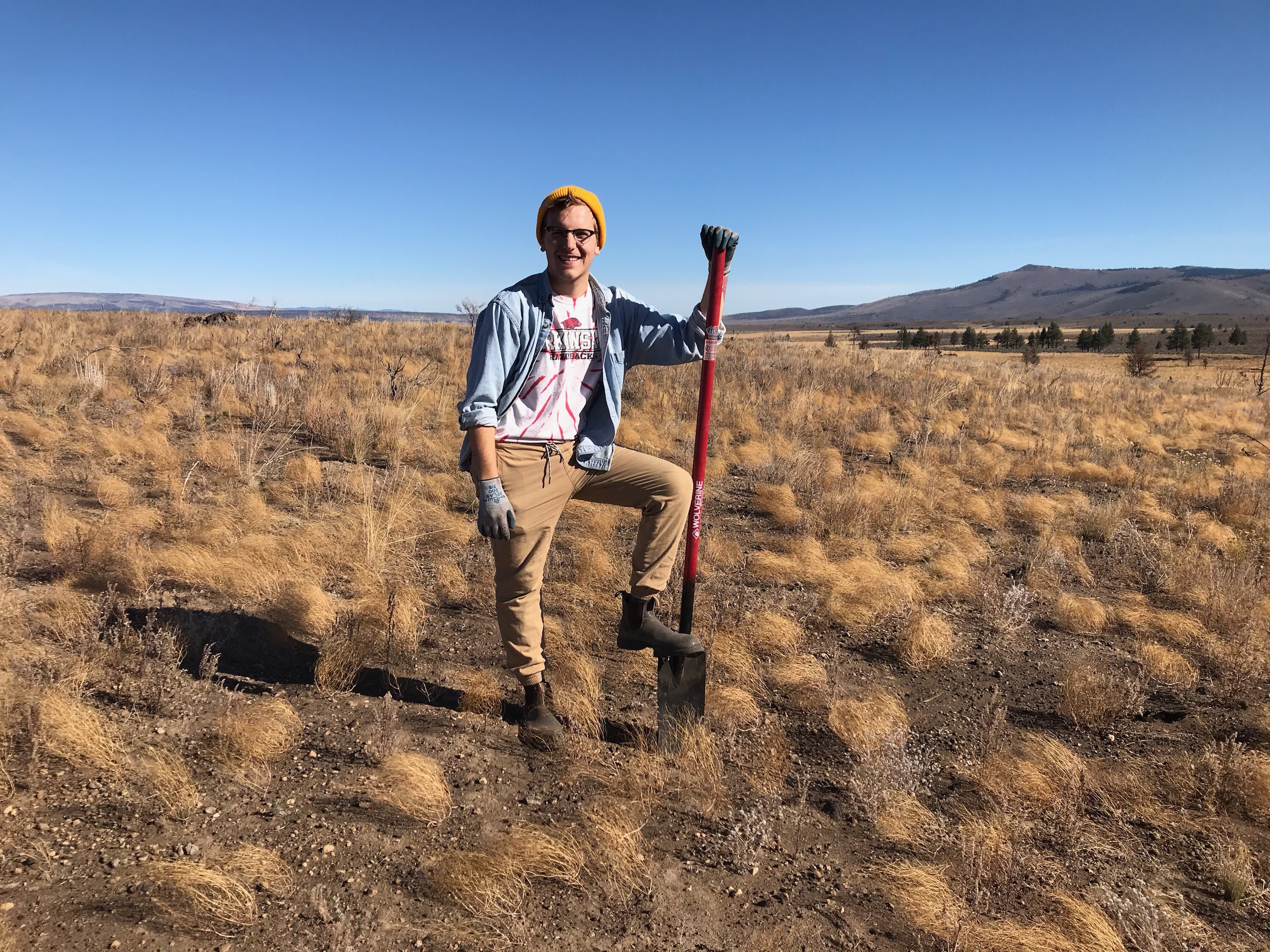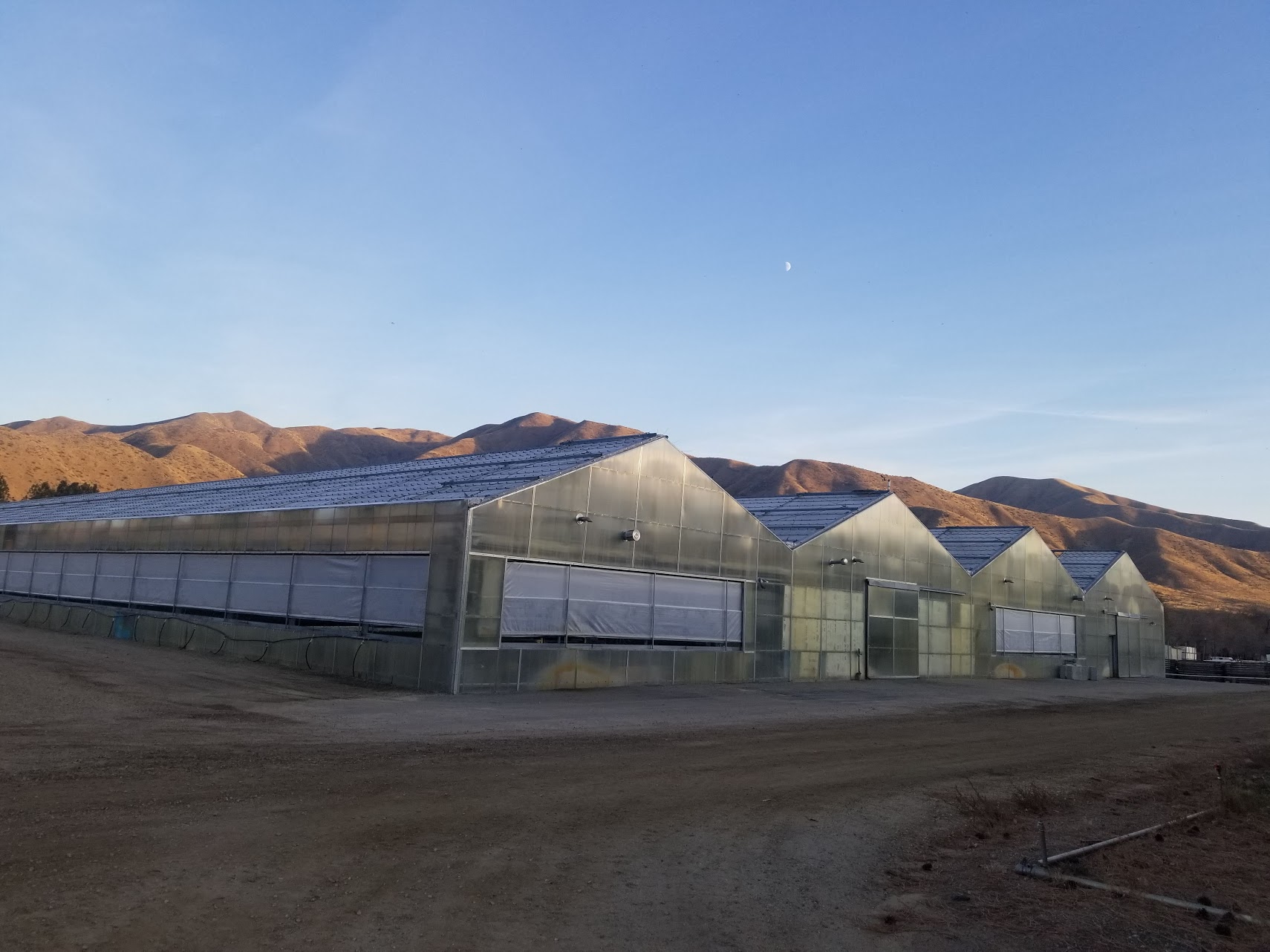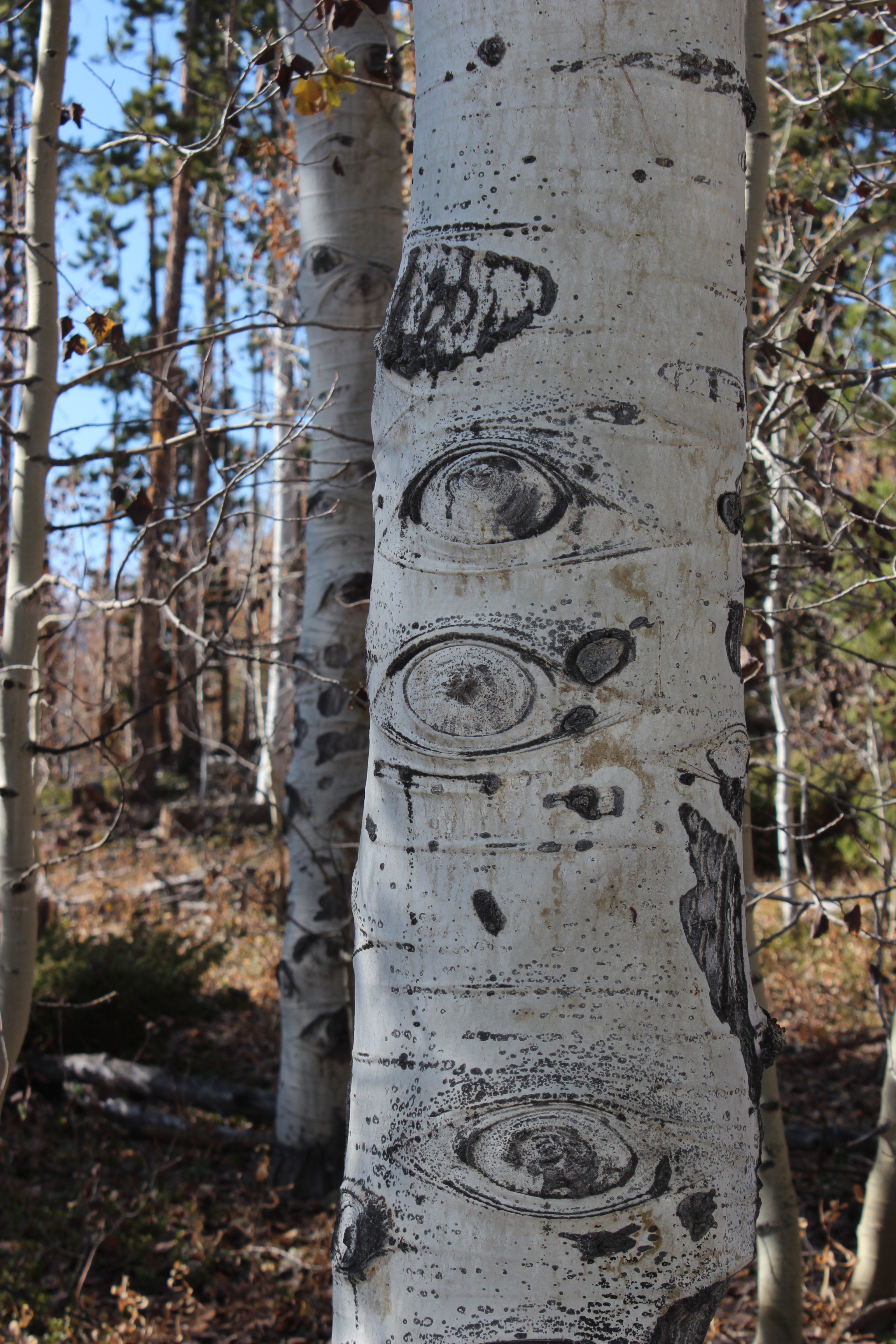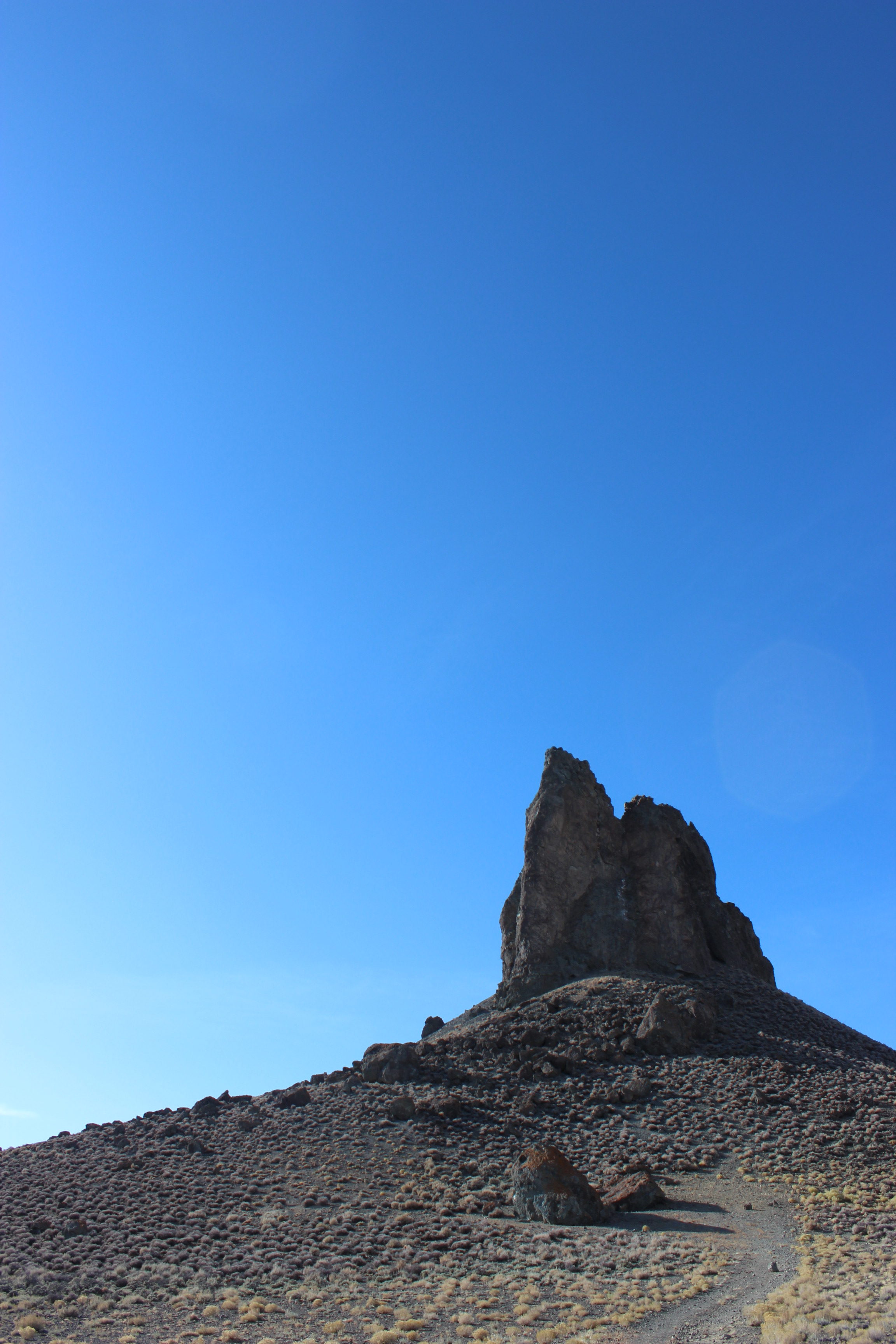Ho, Ho, Ho and hello!
So, Bend is definitely starting to feel like home. However, with the holidays approaching I will be heading back to Virginia for Christmas! I am super excited to see my family, friends, and be back in the Shenandoah Valley.
I figured I would use this blog post as a summary of my time and work at the Bend Seed Extractory. Our assistant manager recently went on detail and the person who usually works with me in extraction has taken on her position while she is away. This has left me to be the only person in extraction most days. At first, I found this to be very intimating (as I am still somewhat new and lack knowledge compared to more experienced employees). However, as time began to pass, I became more confident in my extraction skills and begun to have a new found faith in myself that I know what I am doing.
Here is a picture of the room that I work in everyday (usually alone, but some days people join me :-)) We call this room, “the big room”.
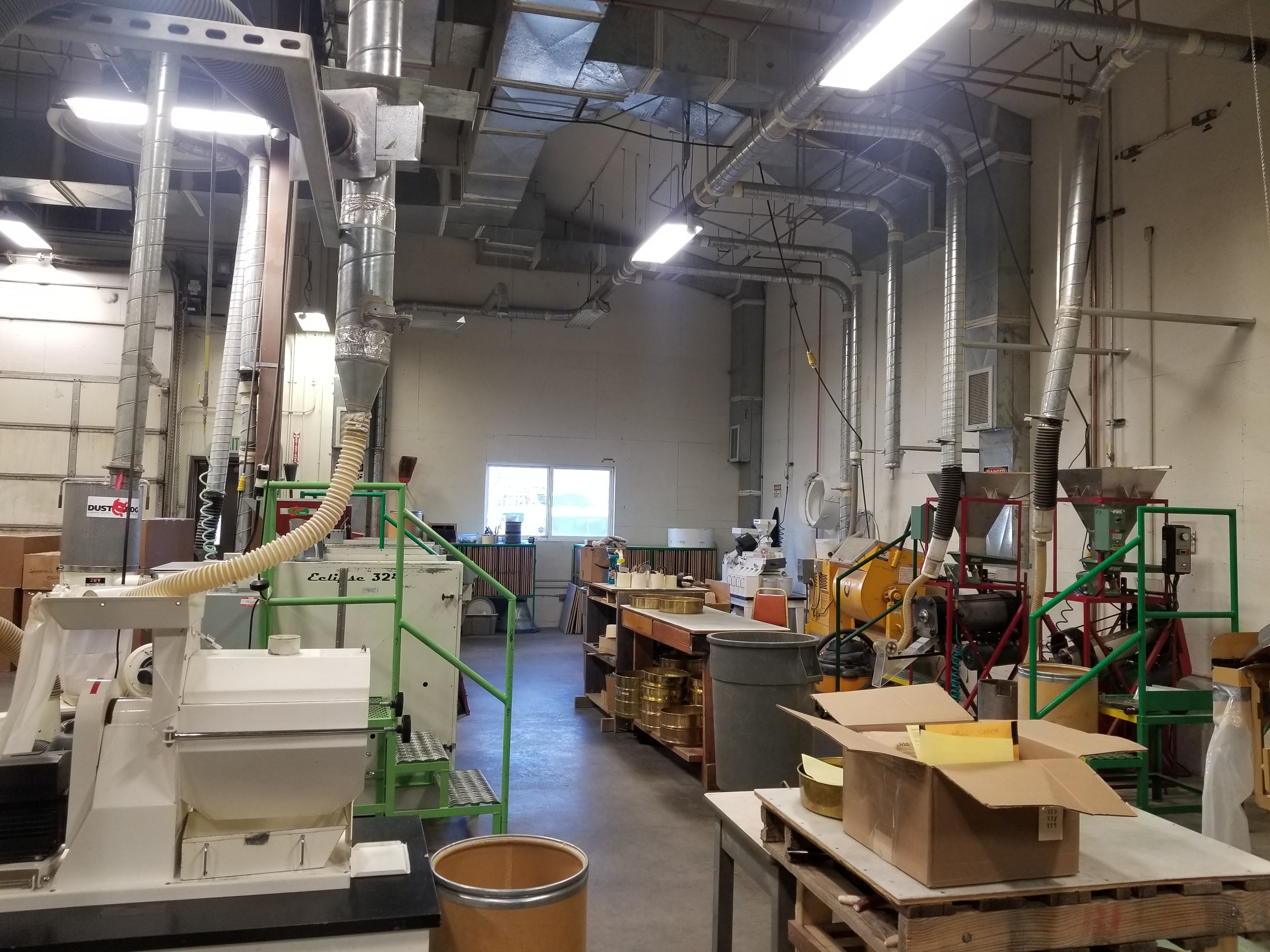
As you can see, we have many different types of machinery such as eclipses, Missoulas, brush machines and sieves of every size you can imagine. I recognize all of those names mean nothing to you, but they are vital in our process. The two machines I predominately work on are the Missoula and small brush machine.
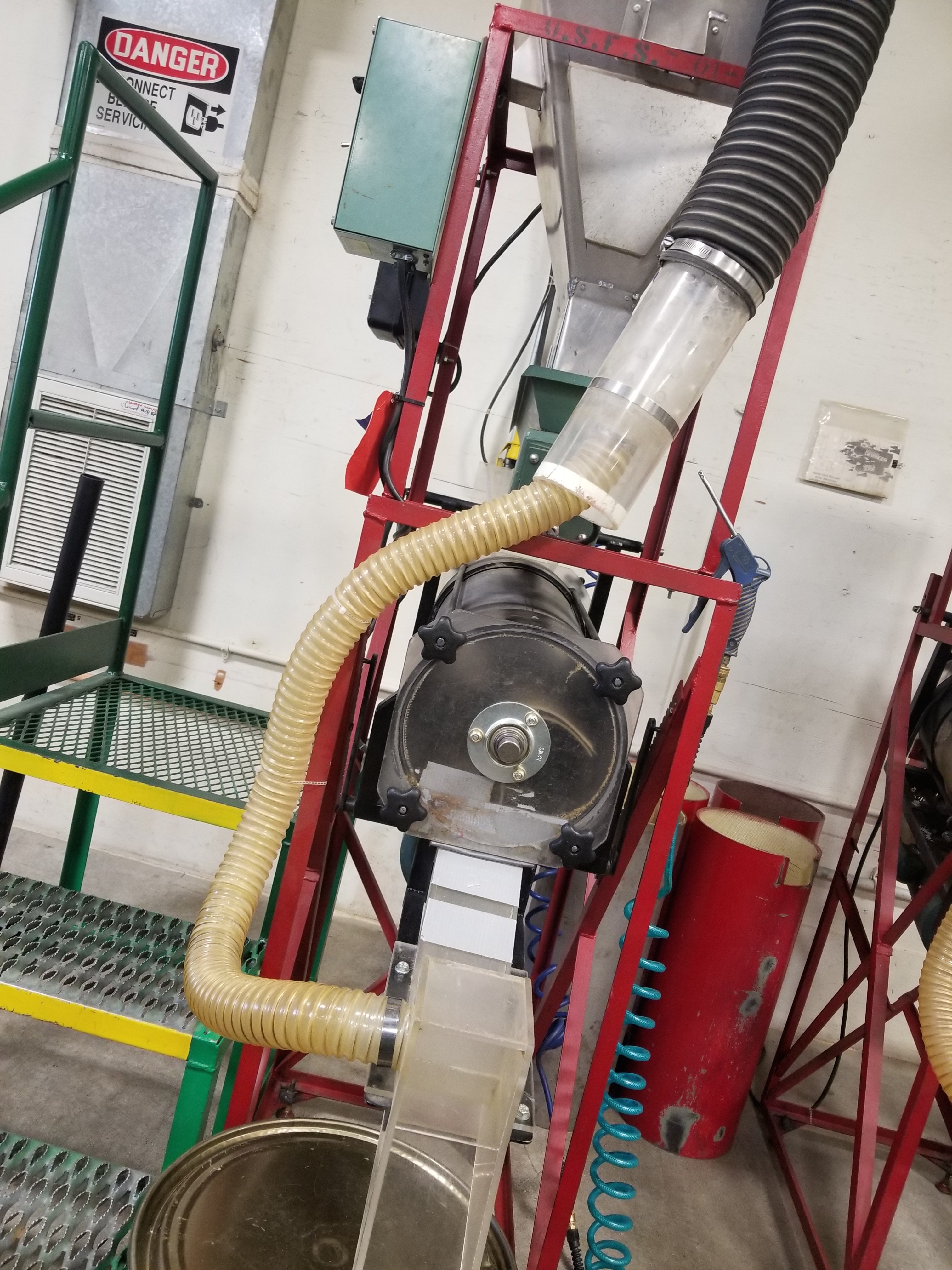
The machine above is the Missoula. This machine was originally used to break down conifer seeds. However, we have found many new purposes for it and actually do not put conifer seeds in it at all anymore. The Missoula mainly is used to reduce inert material through its vaccuum system, break down flowers in order to extract and isolate seeds, and lastly to remove pappus off of aster species. I would say the Missoula is most often used for pappus removal. This machine is made up of three rubber flaps, a mantle and an air vac system. The flaps move clockwise (at a speed of your choosing) and rub seed against the mantle causing seed to be released from flower heads or removing pappus. Then the air vaccuum system is used to suck up material such as the pappus that was removed or useless flower parts.
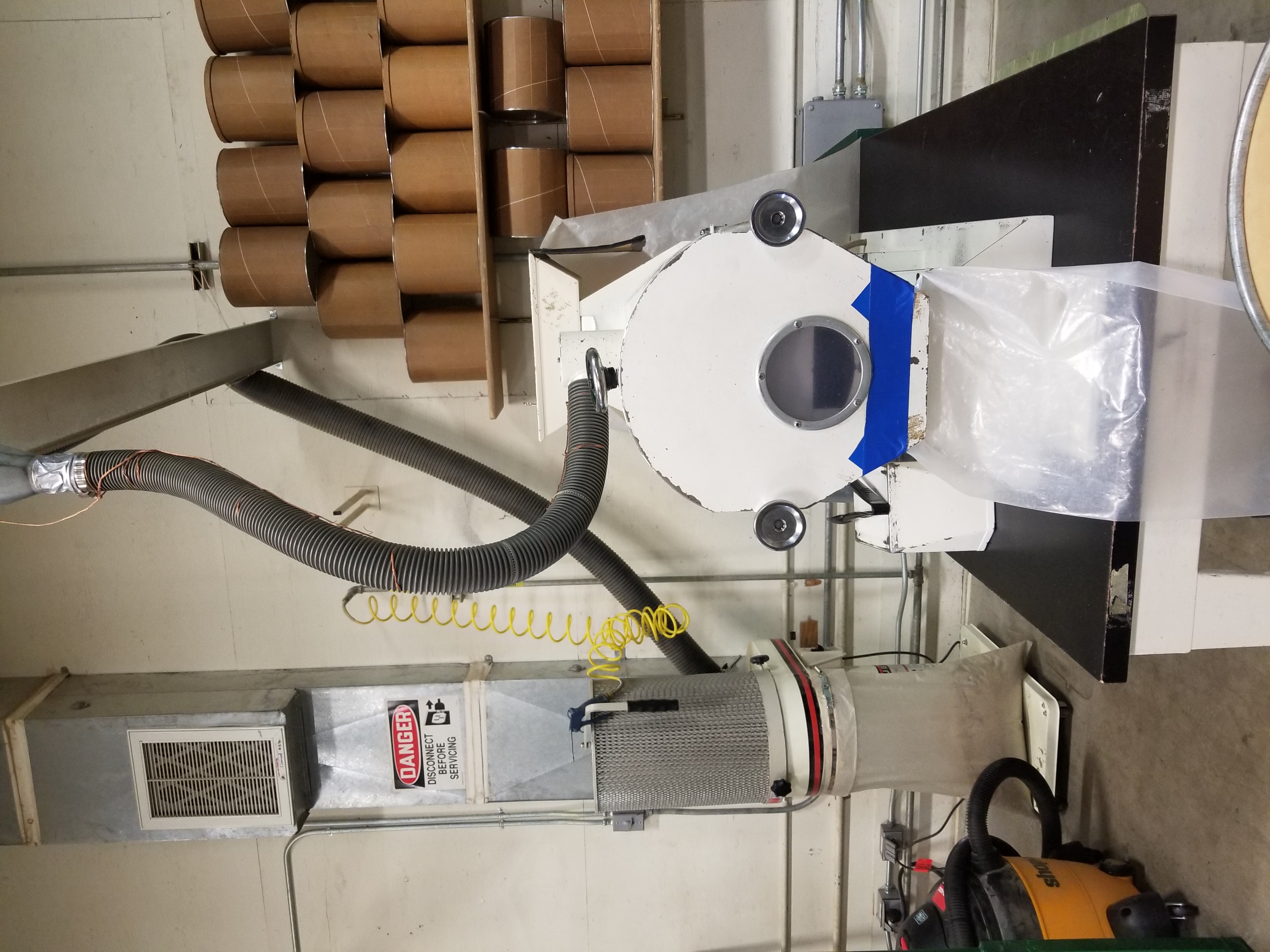
The next machine that I use frequently is the, small brush machine (apologies for the horizontal picture). This machine is mainly used for grasses or seed that comes enclosed in a capsule. Inside are three brushes which move in a circle against a mantle to work the seed. The mantle size can vary. For example, if you are working a lot that has a lot of flower material, you can select a mantle that the seed fits through. This way the seed goes out the bottom of the machine and through the mantle and all of the unwanted material continues to come out of the end of the machine. Another use for this machine is to reduce awns on grass species. Awns, are hairs that are attached to numerous grass species and reduce the flow of the seed. We will put these species in the brush machine and get the awns to come out of the bottom as the brushes rub the seed against the mantle and the seed will come out at the end.
Anyway, hope you enjoyed my short summary and update on life at the extractory.
Have a happy holidays!!!

